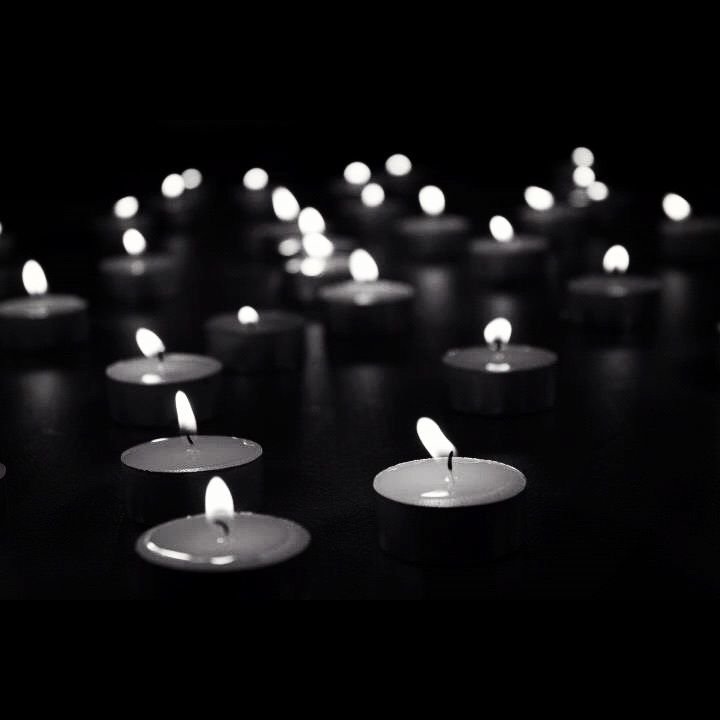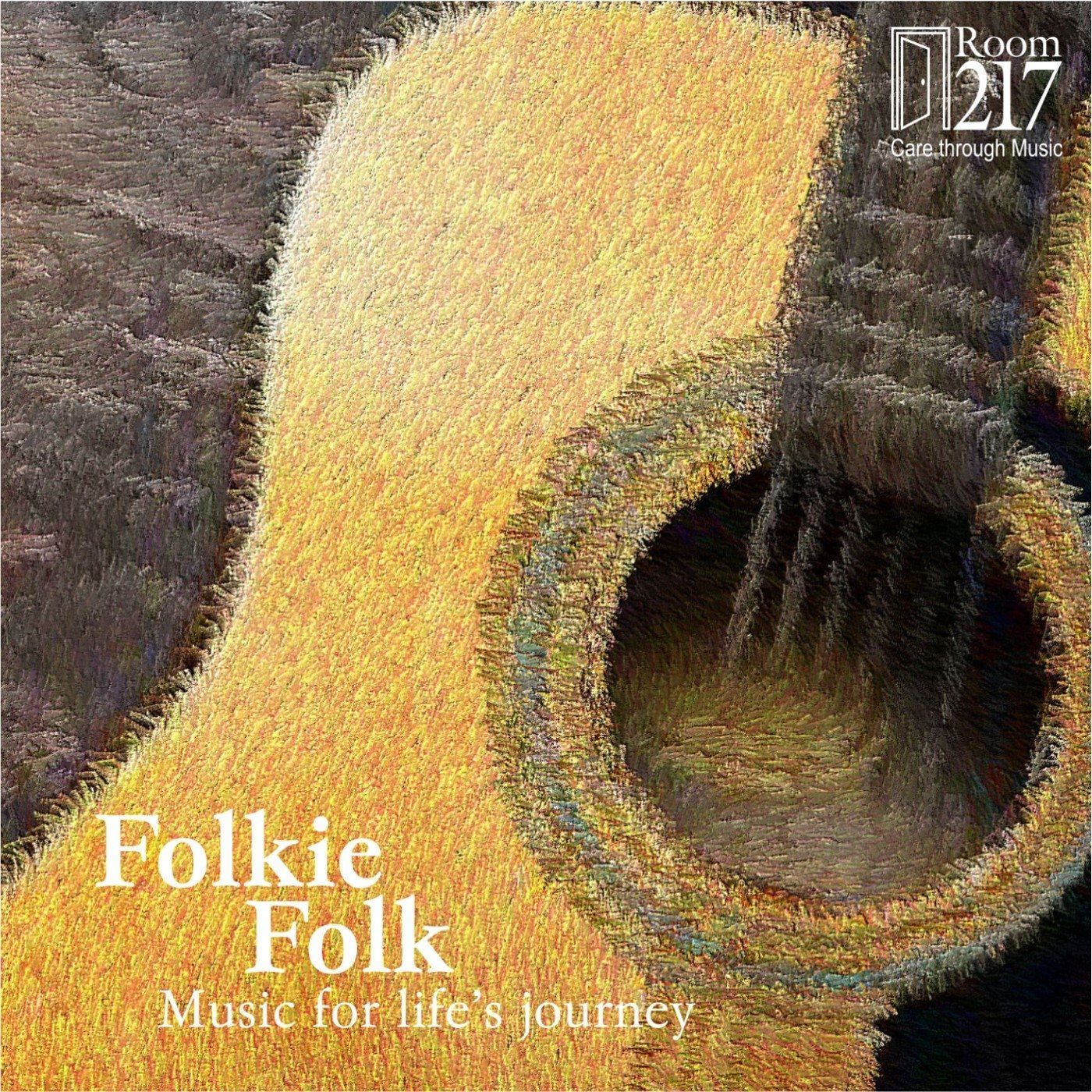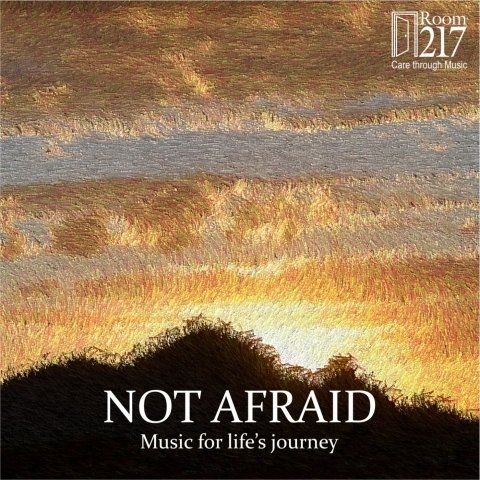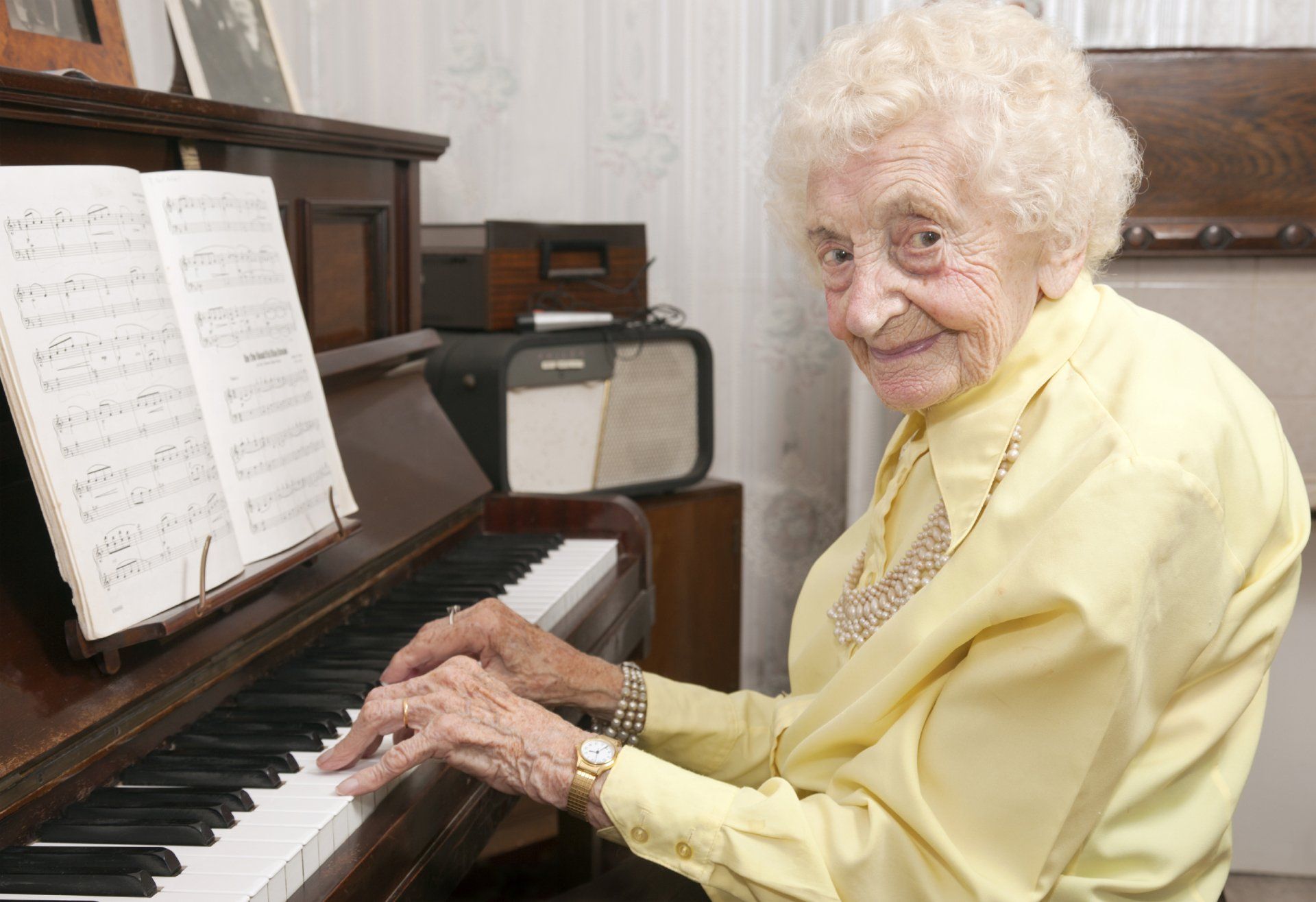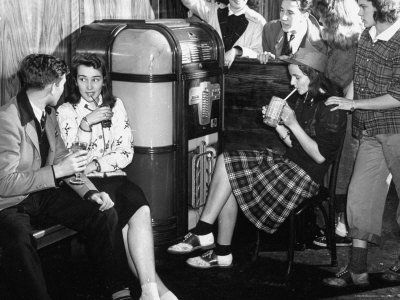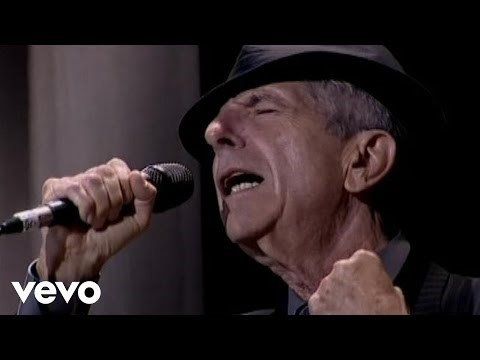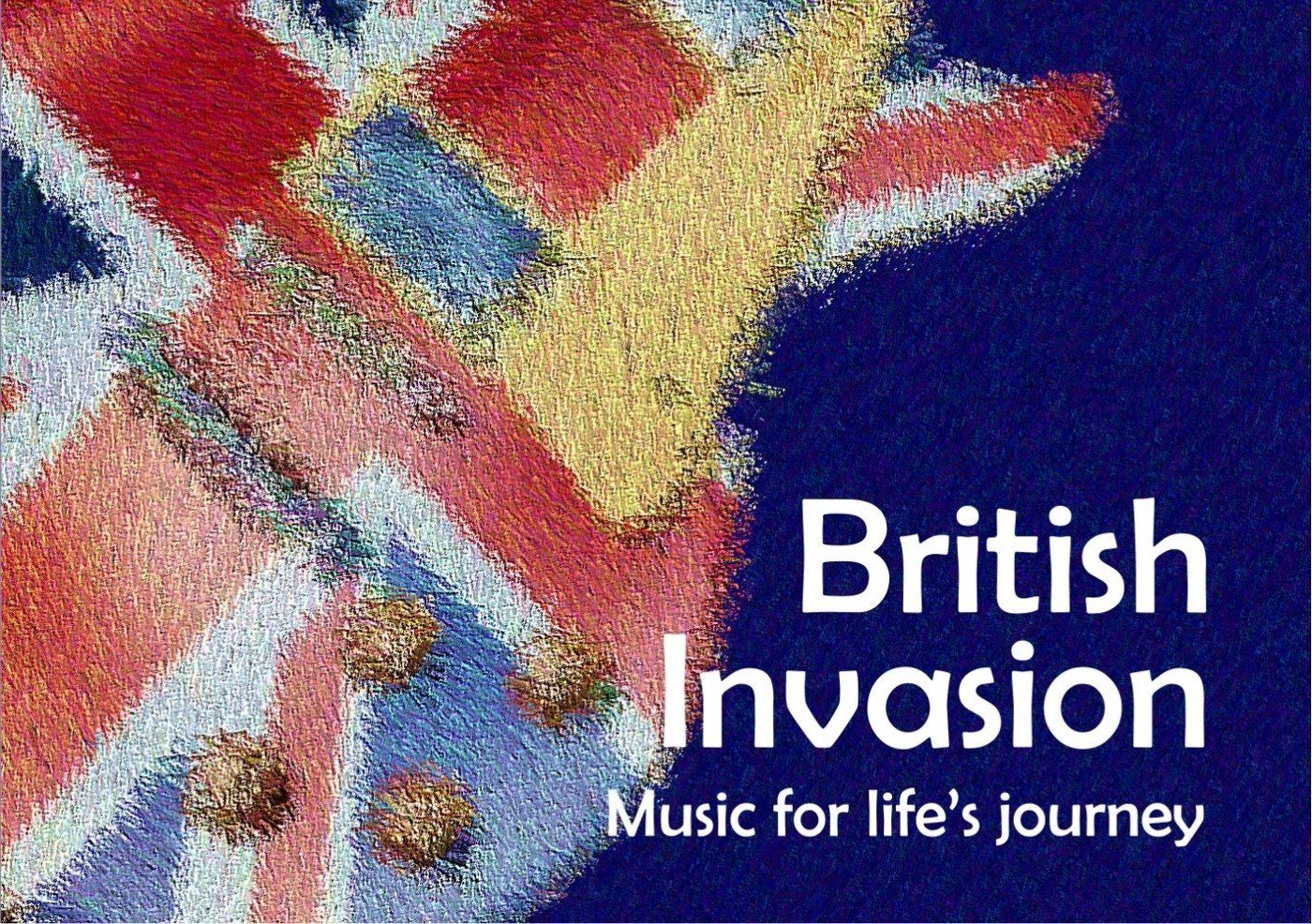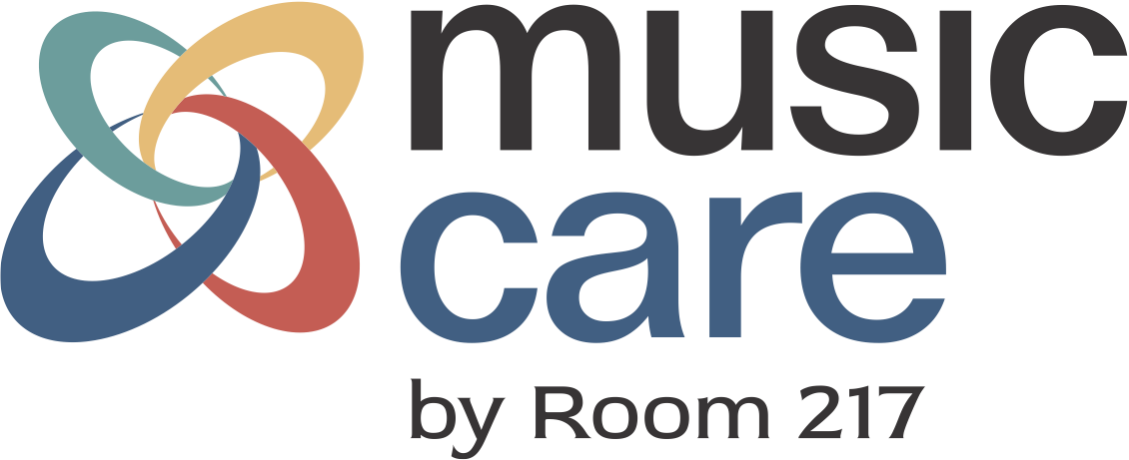From Magic to Method: Getting Specific about the Language of Music Care
 Using music in care can feel magical. It can also feel confusing.
Using music in care can feel magical. It can also feel confusing.
There is a transcendence that comes from a personal care aid suddenly humming “Moon River” with a resident with advanced dementia, who has been in distress for hours until the familiar melody invites him to hum along. There is a mysteriousness when a family gathers around the bedside of their dying loved one and sings old family songs. There is something miraculous about a teenager with debilitating depression who comes to life when she plays a song she wrote on the guitar.
It’s also hard to define what exactly happens sometimes. It’s hard to know what to call it. And it’s often unclear what to call the people who facilitate these experiences. Are they experts? Practitioners? Specialists? Or simply people who have an awareness of music and how they can use it to strengthen relationships?
Room 217’s article 10 Domains of Music Care: A Framework for Delivering Music in Canadian Healthcare Settings was published last month in the Music and Medicine journal and we hope, it is going to make this gray area a lot clearer.
In the past year at Room 217, we’ve devoted ourselves to helping clarify the language of music in care. Thanks to media coverage and a growing evidence-base of research, most medical professionals need little convincing that music can play a vital role in health care. Yet there is a discrepancy between how music is valued in health care, and how much it’s used.
Based on some preliminary research Room 217 has conducted, this discrepancy is mainly a confidence issue. So, our Music Care Training program seeks to fill in that gap and give caregivers both confidence and competence to use music to the best of their abilities, where it fits their scope.
But with so many ways to practice music care, defining roles can be confusing.
Since music can be integrated across so many domains of care – from nurses humming with patients to music therapists running one-to-one sessions, to social service workers organizing coffee house nights to symphony musicians playing string trios in a hospice – there is a need to get specific in our health care contexts about what specific practice is being used.
Language can be confusing too. So often in the media and in health care contexts, the words “music therapy” are used to describe any therapeutic use of music. This language is simply inaccurate. In Canada, music therapy is an accredited scope of practice requiring a minimum of four years of university training and a 1000 hour internship. It’s not that music therapists do something better or worse than other people using music in care; it’s just that music therapy refers to one specific approach. Even in my own workplace, volunteer musicians are sometimes referred to as providing “music therapy” – a misunderstanding that can complicate roles and public perceptions for everyone.
While the language confusion can be frustrating for practitioners, it also makes sense, given how little clarification exists in the literature and in health care communities about different music care approaches.
Having some framework for locating different practices within music care seems necessary and timely. The Room 217’s music care framework consists of ten domains that can help us clarify what musical consideration is being made, who is making it, and what their role is in the circle of care. Having this framework in the literature will hopefully only make these gray areas clearer, and ultimately help advocate for more music being used - used in diverse ways, used ethically, and used by a broad scope of professionals, volunteers and family members.
Music care is an approach, not a practice. It can be embraced by many different practices, and we want to empower people to use music to the best of their abilities, and within the ethical container of their roles. With the right language, we can better leverage that magic of music care by fitting it into the practical methodology of our caregiving roles.
Join us for the annual Music Care Conference in Toronto on November 12th, where each of the ten domains will be explored in depth through presentations by experts, and hands-on experience of music.

